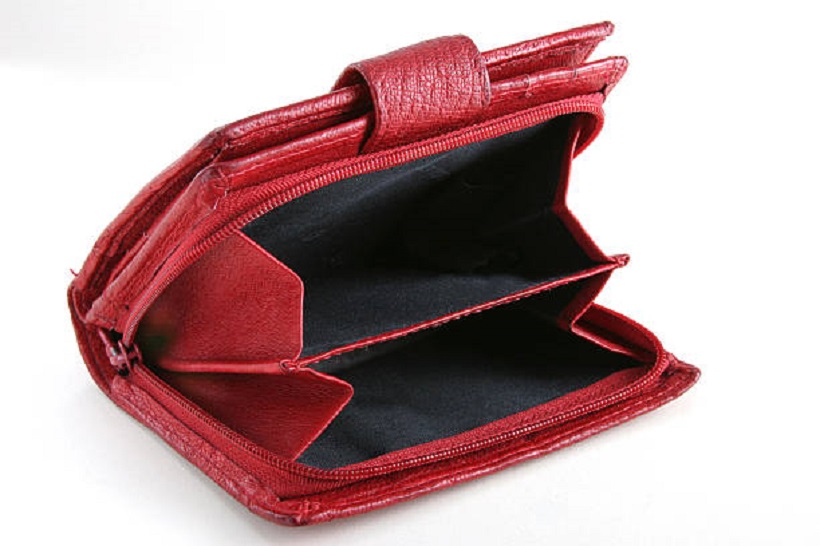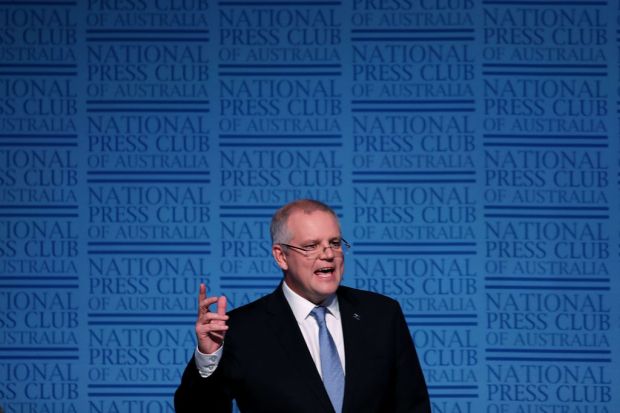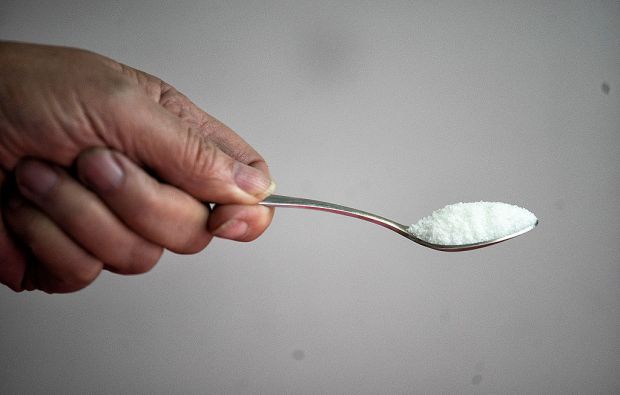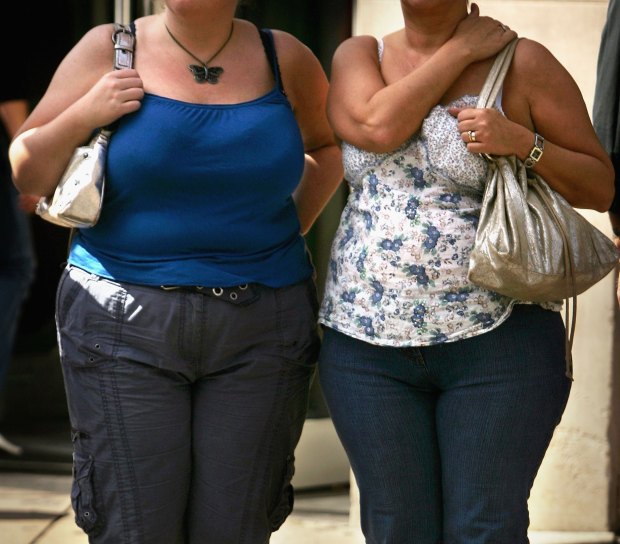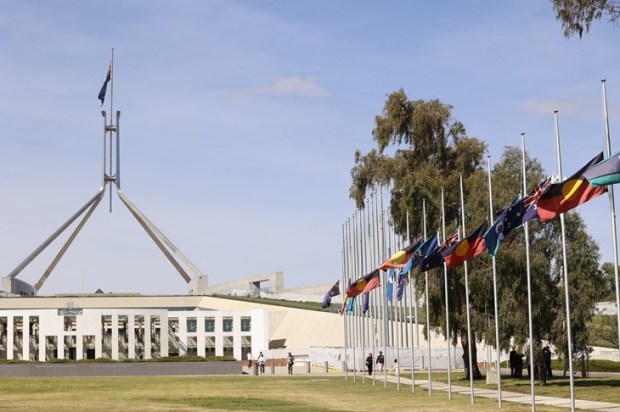The art of taxation consists of plucking the goose so as to obtain the most feathers with the least hissing. — Jean-Baptiste Colbert
Congratulations Australia, the tax collector has just finished plucking your financial feathers for another year! April 16 was this year’s Tax Freedom Day: the date on which the average Australian has paid their due to the government and begins working for themselves.
This year, all levels of government collected around $522 billion in taxes and fees — equivalent to 28.7 per cent of the feathers produced by Australians each year. In dollar terms, this equates to each Australian paying $21,000 for government services.
Expect to lose a few more feathers in the future as Tax Freedom Day is forecast to fall on an even later date in the years ahead.
Using the federal and state governments’ most recent forecasts, projected Australian government tax collections for 2020-21 are an eye-watering $615 billion. This equates to 29.8 per cent of our feathers and is equivalent to $23,000 per person.
And these projections don’t include the inevitable new revenue proposals that will be floated at the coming federal and state elections.
Over the past decade, our governments have steadily increased real expenditures; thereby requiring more taxes to pay for them. To acquire these new revenues, governments have surreptitiously plucked more from the taxpayer each year. A change in the tax law here, increased enforcement there, taxation by stealth everywhere… And to extract their bounty with only a modicum of hissing, government strokes the bird reassuringly while covertly stealing its feathers.
One of our most fundamental freedoms is the right to the fruits of our own labour. Ever-rising taxation slowly turns us into caged birds, working for the ends of others. Taxation by stealth is the slow death of individual liberty and we should hiss loudly in defiance or end up plucked completely bare.
Matthew O’Donnell is Senior Research Fellow with the Centre for Independent Studies.
Got something to add? Join the discussion and comment below.

